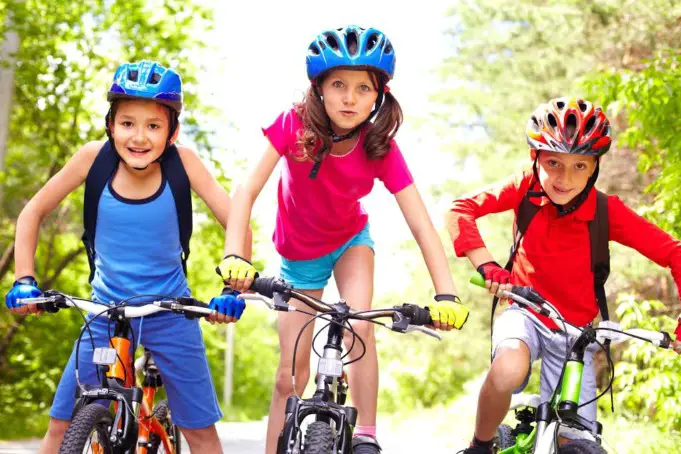There’s lots of evidence to show us how beneficial it is for young people to play sport. We know that it can contribute to physical fitness and mental health, build confidence and team working skills and that it can provide an enormous sense of achievement and pride. We also know it can be lots of fun.
But while we can clearly see these benefits, that doesn’t mean that children always will. It might be that they’re too young, too inexperienced, feel uncomfortable, or are simply more interested in other things. So, what can you do to help a disinterested child understand the positive, fun experiences they can have with sports?
We’ve outlined a 5-step guide to help you. The key is keeping it fun, so remove the pressure and give your child the chance to enjoy each stage and find their own things to love about sport.
Our 5 Step Guide to Choosing a Sport and Getting Started
Firstly, if you have a sport (or sports) that you love it can be helpful to recognize up front that your child may make a different choice from you, and that that’s okay: the aim is to get them enjoying sport, full stop.
So…
- Try new things, together. Head down to the local netball courts, take a soccer ball to the oval or book an hour at the local tennis club. Don’t labour over particular skills or techniques, just keep the vibe fun and show them that sports can be a great way to spend time together.
- Chat to them about what’s available and what they like. Make sure your child knows that there’s a sport for everyone, and they shouldn’t feel disheartened if they don’t immediately connect with the first sports they try. Find out what their friends are playing and what sports they’ve encountered at school; this might help you to get a sense of their preferences and their experiences so far.
- Book them in for a three day sports camp like these ones run by Australian Sports Camps – it’s the best way to have a go at different sports without having to commit to a whole season. You can give them a chance to learn from experts, get a sense of their own skills, see others having fun and find out more about the particular sports that they might like to take up.
- Once you have settled on a sport (or even when they’re still deciding on a shortlist), learn about it together. Watch some live games if you can or find a good televised version. Spend some time on YouTube looking up outstanding performances or highly skilled players – seeing how the experts do it can help kids feel inspired. Maybe there’s a favourite player or team you could start supporting, or a fun activity like collecting sports cards that goes along with the sport too?
- When it comes to actual games or training, make sure you focus on their effort, not on the end results. If they’re already hesitant, putting pressure on them won’t necessarily help. Show interest in coming along to watch so that they feel supported. Encourage them as they learn new skills, and you’ll help them to foster a sense of enjoyment in the sport itself, not just the results.
To get you started, search for holiday sports camps that may be offered in locations near you across major school holiday periods. It’s a great way to try out a number of sports in a short time frame and to meet other kids and new friends who are interested in sports.
These experiences can be a lot of fun, and are a great way to try out different options without the financial or time commitment of signing up to a whole season. For more information checkout holiday school programs in Melbourne.












